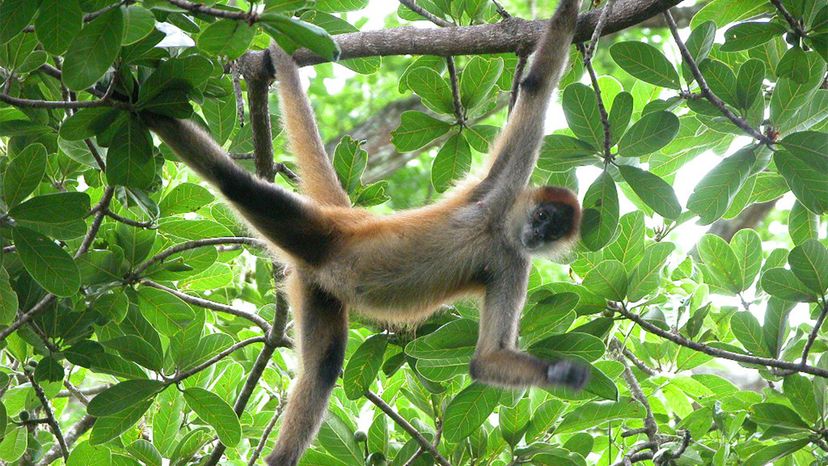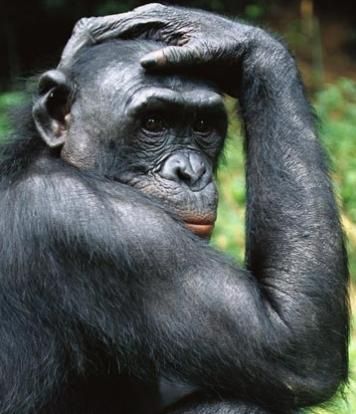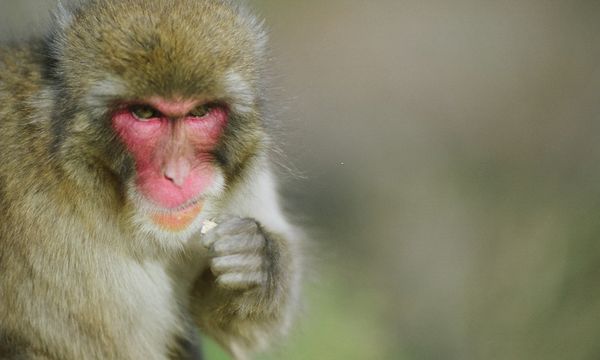
Imagine living almost your whole life 100 feet (30 meters) up in the tree canopy, rarely ever venturing down to the first floor. Spider monkeys, named for the spidery impression they give as they swing, jump and crawl through the trees by their long, spindly arms, legs and ultralong tails, may only see the ground a few times in their life.
All seven species of spider monkey are large — they're among the largest of the New World monkeys, existing only in Central and South America from Mexico to Brazil. An average adult weighs around 13 pounds (6 kilograms), but the largest species, the critically endangered black-headed spider monkeys (Ateles fusciceps), can weigh in at around 20 pounds (9 kilograms). It may not seem like much, but it's a lot if you consider the acrobatics required of them up in the treetops — they're so strong and agile that they can easily sail across a 40-foot (12-meter) gap in the tree canopy and land safely on a branch on the other side.
Advertisement
Spider monkeys are very vocal, making a variety of howls, barks, growls, screeches and whinnies (which sound like a horse's whinny) at each other through the trees. Vocalizations are important because they spend a lot of their time in large groups of around 50, but which break out into subgroups that change size and composition of individuals several times a day. The females choose mates and make decisions for the group, even down to how large the groups will be.


